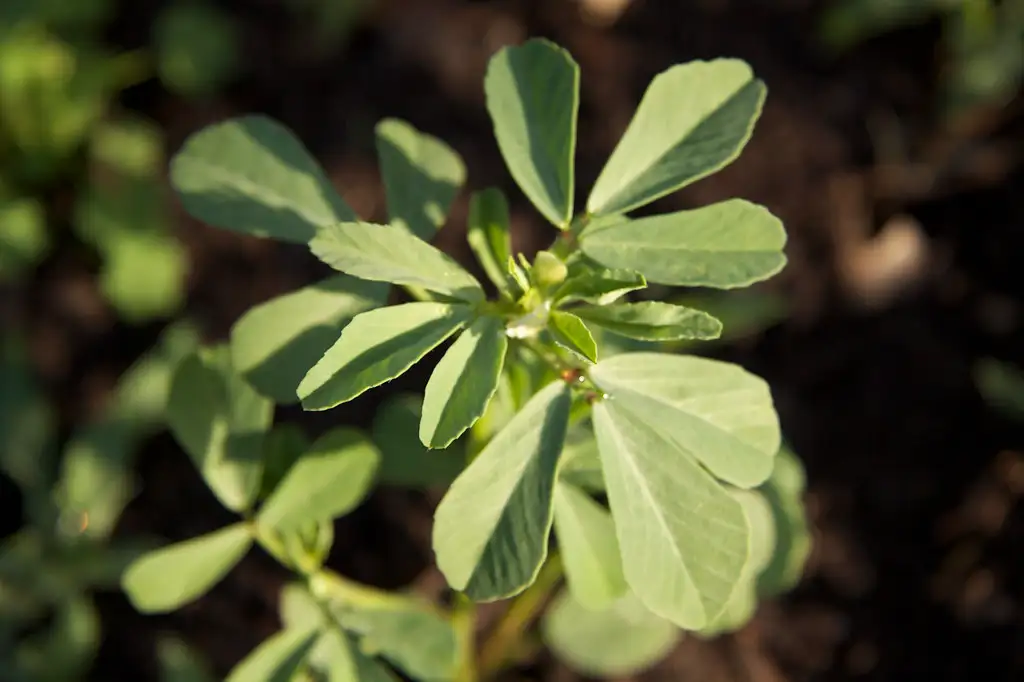Trigonella foenum-graecum
Latin Name:Trigonella foenum-graecum
Herb Class/Action: Demulcent, Expectorant, Vulnerary, Galactagogue
Parts Used: Seed
Flavors: Bitter (with subtle sweet notes),
Energetics: Warming, Drying
Traditional Benefits: Digestive Support, Skincare, Blood Sugar Support, Women’s Health (Nursing)
Fenugreek is a warming, strengthening bitter that brings vitality back to sluggish systems; specifically, digestion and metabolism. As a blood-sugar-supporting botanical, this herb aids metabolic health and energy levels.
Fenugreek is an herb that has been used medicinally for thousands of years. In fact, it’s highly regarded in texts by Hippocrates. Fenugreek is in the pea family (Fabaceae) and is native to India, The Middle East, and Northern Africa where the seeds are traditionally used as both a spice and medicine. You’ll often find Fenugreek in classic curry blends.
The seed is used for medicinal purposes and is often tinctured or made into a powder to use topically and internally. The seeds of Fenugreek are warming and quite bitter (with subtle sweet notes), which speaks to its stimulating nature. Fenugreek seeds are also mucilaginous, meaning they have a slippery and gel-like texture that works to soothe, lubricate, and heal irritated tissue in the body — specifically mucous membranes. Fenugreek has a rich history of being used to nourish a weakened system back to vitality.

The bitter flavor of Fenugreek seeds and their mucilaginous properties work together to make Fenugreek an excellent remedy for digestive issues. The bitter flavor works to stimulate digestive juices to help build a healthy appetite supporting digestion and absorption. Fenugreek is a great herb for those who identify with sluggish digestion with symptoms like loss of appetite, constipation, gas, and bloating.
Furthermore, some of the constituents in Fenugreek have been shown to be really supportive in regulating blood glucose levels. Studies have shown that simply taking 5g of Fenugreek mixed in water before meals for a prolonged period of time can reduce fasting glucose, postprandial glucose, and LDL cholesterol. These combined effects of Fenugreek make it a really great herb to lean on before meals.
As noted above, the mucilaginous properties of Fenugreek have an affinity for mucous membranes, which would also include the respiratory tract. Fenugreek can be really supportive for breaking up stagnation in the lungs. In this case, it works as a stimulating expectorant to really move the gunk up and out of the lungs.
Fenugreek can also be used topically as a poultice to treat skin inflammation due to its soothing mucilaginous properties. This herb has historically been used topically to treat burns and abscesses. Fenugreek is also quite popular in western herbalism as an herb for women that are breastfeeding to support a healthy and robust milk supply.

